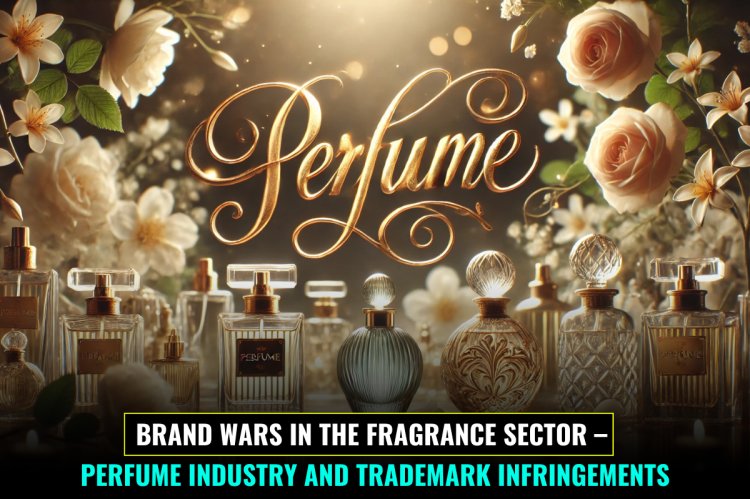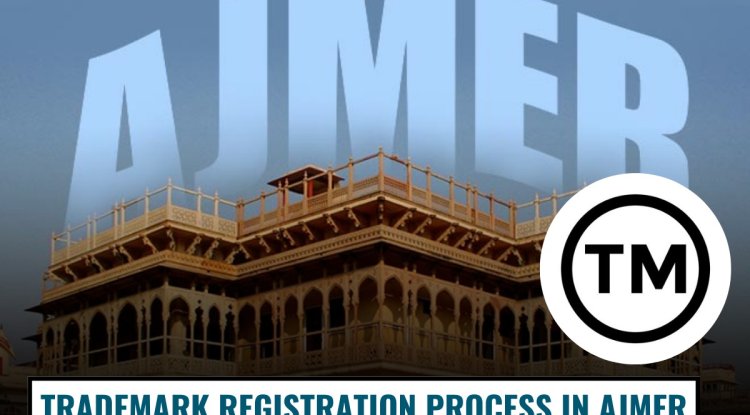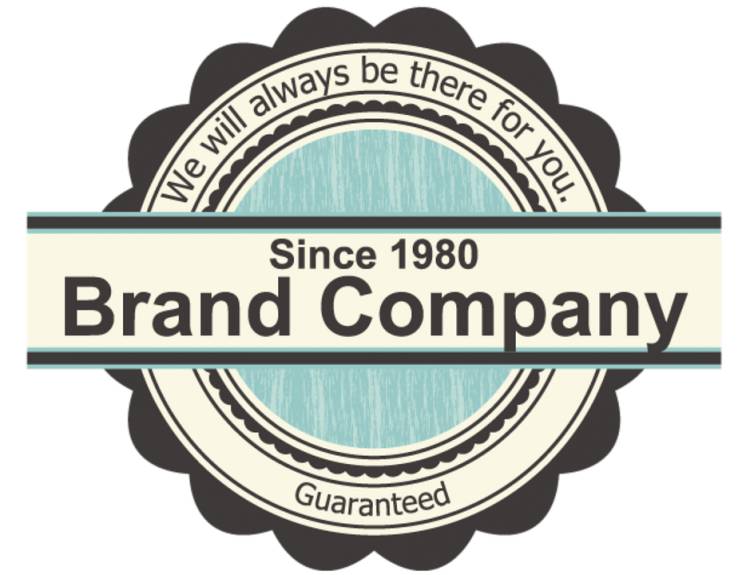Brand Wars in the Fragrance Sector – Perfume Industry and Trademark Infringements
The fragrance industry, characterized by its strong brand identity and exclusivity, faces significant trademark challenges due to counterfeiting, copycat branding, and unauthorized reselling. Luxury perfume houses often engage in legal battles to protect their brand names, bottle designs, and scent identities from dilution and consumer confusion. Modern-day trademark disputes in the perfume industry involve issues such as lookalike packaging, fragrance duplication, grey market sales, and cybersquatting. This paper explores the critical legal challenges surrounding trademark infringements in the perfume sector and examines potential solutions, including stronger trademark filings, design patent protection, anti-counterfeiting measures, and regulatory enforcement. Case laws from India further highlight the judiciary's role in maintaining trademark distinctiveness in the fragrance market.

Introduction
The perfume industry is a multi-billion-dollar global market that thrives on brand identity, exclusivity, and consumer loyalty. Luxury fragrance brands invest heavily in marketing, packaging, and unique scent formulations to create a distinct presence in the market. However, with the rise of copycat products, counterfeit goods, and unauthorized reselling, trademark protection has become crucial in maintaining market distinctiveness. Over the years, the perfume industry has witnessed an increase in trademark disputes due to similarities in brand names, bottle designs, fragrance descriptions, and even scent profiles. These conflicts have led to legal battles, brand dilution, and consumer confusion.
Modern-Day Trademark Infringement Issues in the Perfume Industry
1. Copycat Branding and Lookalike Packaging
Many budget-friendly brands and counterfeit manufacturers release perfumes with names, logos, and packaging that closely resemble high-end fragrances. For instance, a brand might introduce a scent called "Bleu de Ocean," mimicking Chanel’s "Bleu de Chanel," leading to consumer deception. Chanel has filed multiple cases against companies selling lookalike versions of its perfumes. Such instances result in consumers unknowingly purchasing knockoff products, damaging the reputation and sales of the original brand.
2. Fragrance Duplication and Smell-Alike Perfumes
Some companies market “inspired-by” or “dupe” perfumes that closely resemble luxury scents but are available at a fraction of the cost. While scents themselves are challenging to trademark, misleading branding and marketing tactics often result in legal disputes. Luxury perfume houses argue that these comparisons amount to free-riding on their goodwill, reducing exclusivity and brand prestige. Several high-end fragrance brands have sued companies that promote their scents as cheaper alternatives, citing unfair competition.
3. Grey Market and Counterfeit Perfumes
Unauthorized reselling of branded perfumes, often at discounted rates, has become a growing issue. Counterfeit products, which sometimes carry identical branding to the original, pose health risks due to unknown and potentially harmful ingredients. Fake perfumes not only damage brand credibility but also make it difficult for luxury brands to enforce legal actions against unauthorized sellers, especially on global e-commerce platforms.
4. Trademark Disputes Over Names and Logos
Brands frequently engage in disputes over similar-sounding names or logo designs that could cause consumer confusion. For example, a brand using the name "Le Parfum Deluxe" could face legal action from Elie Saab’s "Le Parfum." To prevent brand dilution, companies must constantly monitor new trademark filings and take legal action when necessary to protect their intellectual property.
5. Domain Name and Social Media Trademark Squatting
In the digital era, unauthorized use of perfume brand names on websites and social media handles has led to significant legal challenges. Some individuals register domain names or Instagram handles with popular perfume trademarks, later attempting to sell them back to the rightful owners. Legal procedures for reclaiming domains are lengthy, and brands often face reputational risks due to misuse of their name in online spaces.
To know more about this you can follwo the link below:
Potential Solutions to Trademark Infringements in the Perfume Industry
1. Stronger Trademark Filings and Brand Monitoring
Perfume companies should register their brand names, bottle designs, and unique elements across multiple jurisdictions. Investing in AI-based trademark monitoring can help detect and prevent infringement early, allowing brands to take swift legal action.
2. Enforcing Copyright Protection on Bottle Designs
Luxury brands should explore copyright and design patent protection for their unique bottle shapes and packaging to add another layer of security against knockoffs. For instance, Jean Paul Gaultier’s "Le Male" bottle design is a registered trademark, preventing other companies from copying its distinctive shape.
3. Legal Action Against Counterfeiters and Grey Market Sellers
Brands should collaborate with e-commerce platforms like Amazon and Shopify to detect and remove counterfeit listings. Implementing trackable authentication technology, such as QR codes and NFC tags, can help consumers verify genuine products and avoid counterfeits.
4. Regulating Comparative Advertising Claims
Stricter advertising laws should be enforced to prevent misleading “smell-alike” claims. Regulatory agencies should penalize brands that falsely associate themselves with luxury perfumes, thereby ensuring fair competition in the industry.
5. Strengthening Online Trademark Protection
Brands should proactively register their names as domains and social media handles to prevent cybersquatting. Additionally, they should utilize trademark takedown procedures on platforms like Instagram, Facebook, and YouTube to report unauthorized use of their brand identity.
Indian Case Laws on Trademark Infringements in the Perfume Industry
1. L'Oréal SA v. Henkel (MANU/DE/3895/2018)
- Facts: L'Oréal sued Henkel and other companies for marketing products with branding similar to its luxury perfume range, involving deceptive packaging and misleading marketing.
- Judgment: The court ruled in favor of L'Oréal, reinforcing the need for distinctive branding in the fragrance sector to prevent consumer confusion. The ruling emphasized protection against lookalike packaging and misleading branding.
2. Marico Ltd. v. Agro Tech Foods Ltd. (2010) SCC Online Del 388
- Facts: Marico Ltd. sued Agro Tech for using similar branding in their product lines, potentially misleading customers.
- Judgment: The court ruled in favor of Marico, emphasizing that brand reputation and distinctiveness must be preserved to protect consumer interests. This case highlights the importance of trademark distinctiveness, particularly in industries like perfumery, where branding plays a significant role.
3. Davidoff & Cie SA v. Prime Industries Ltd. (2009) SCC Online Del 426
- Facts: Davidoff, a well-known fragrance brand, filed a suit against Prime Industries for using a deceptively similar name and packaging for perfumes.
- Judgment: The Delhi High Court granted an injunction against Prime Industries, recognizing Davidoff’s international reputation. This case reinforces protection against counterfeiting and lookalike perfumes, helping international brands defend their market identity in India.
Conclusion
The perfume industry faces numerous trademark challenges due to lookalike branding, scent duplication, counterfeits, and digital misuse. As market competition intensifies, luxury and mass-market brands must proactively protect their intellectual property through legal actions, strategic branding, and technological advancements. Strengthening trademark enforcement and digital monitoring will help safeguard brand value and consumer trust in the fragrance sector.












